What It Really Costs to Own a Cat in This Economy
Cats always give off this vibe of being low-maintenance and budget-friendly. But anyone who’s cared for one knows the real costs go far beyond a bag of kibble and a litter box. Owning a cat today means budgeting wisely for routine needs and unpredictable one-off expenses. If you’re considering adoption or wondering where the money goes, here’s a breakdown of cat ownership in today’s economy.
Adoption or Purchase Fees
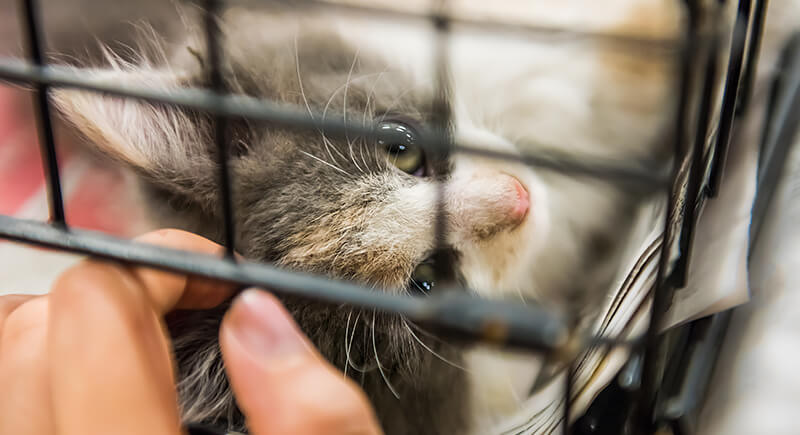
Credit: iStockphoto
Getting a cat isn’t always cheap, especially if you’re eyeing a pedigree. Adopting a Domestic Shorthair from a shelter might cost around $50–$150, often including vaccinations and spay/neuter services. But if you’re interested in a Bengal, expect to pay anywhere from $1,000 to $3,000 upfront for the kitten alone.
Food and Diet
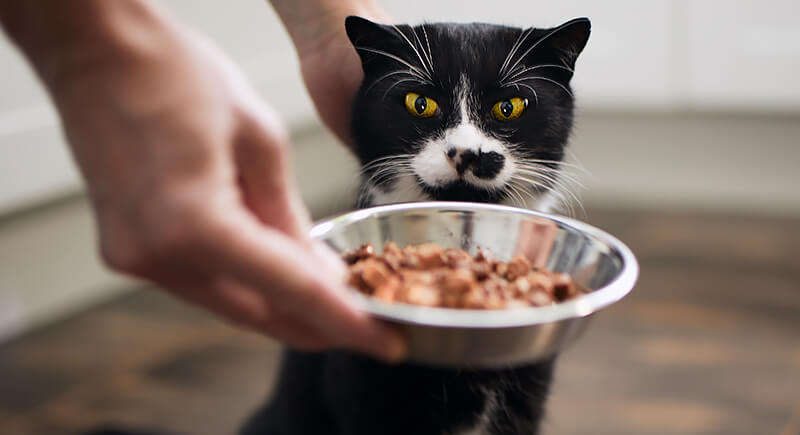
Credit: iStockphoto
All cats need high-quality nutrition, but Maine Coons can drive this cost higher due to their large size and higher caloric needs. Budget around $400–$600 annually for standard cats, while large or high-energy breeds would need up to $800–$1,000 stashed away, especially if you’re going for grain-free or prescription diets.
Litter and Litter Supplies
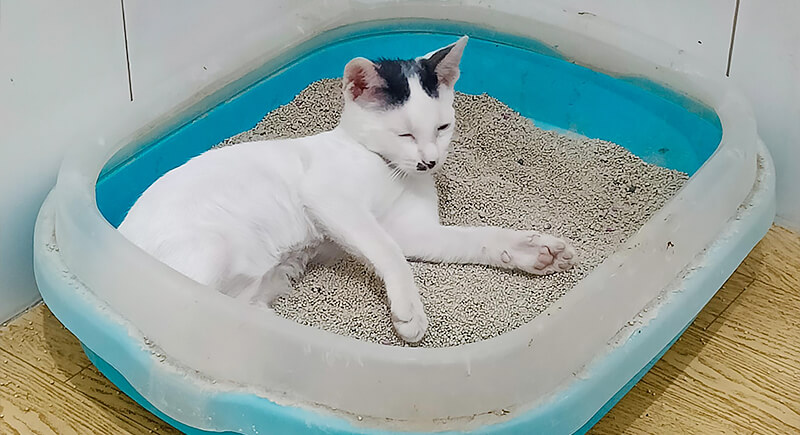
Credit: Reddit
Litter expenses vary depending on type (clumping clay, crystal, biodegradable) and size of the cat. A single cat may go through $150–$250 worth of litter per year. Multi-cat households will see that double or triple quickly, not counting additional expenses like litter box liners, deodorizers, or scoops.
Routine Vet Visits
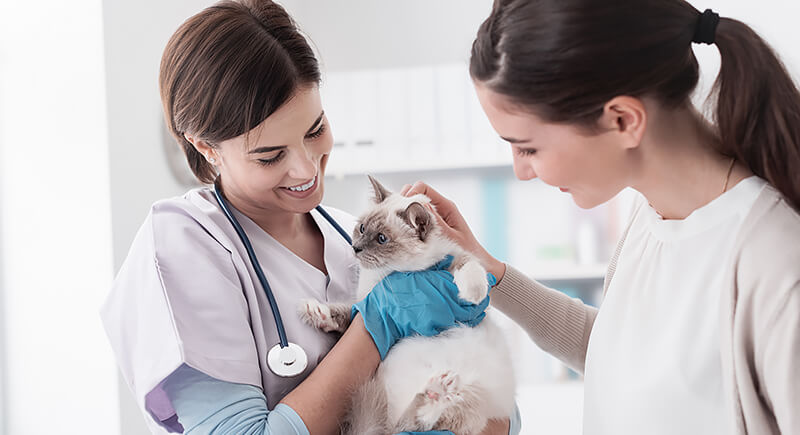
Credit: iStockphoto
Even for a healthy cat, expect to spend $200–$400 annually on vaccinations and preventive checkups. Older cats would likely need blood tests or dental cleanings yearly, which drives costs higher. This routine care might seem complicated, but skipping it can lead to significant health issues and bigger bills down the line.
Emergency Medical Care
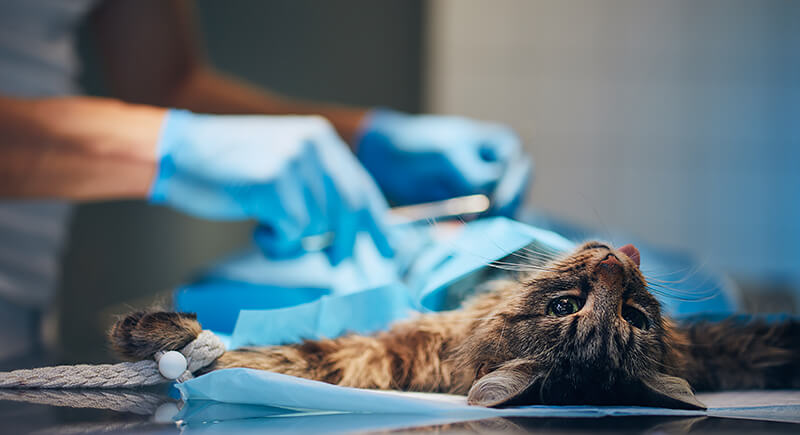
Credit: iStockphoto
Many cat lovers appreciate a Sphynx’s lack of fur for easy maintenance. But these cats are prone to heart and skin conditions. You actually need to set aside $500–$1,500 every year in case of unexpected illness. Emergency vet visits often start at $300 just for diagnostics, and surgeries or hospitalization can run into the thousands.
Pet Insurance
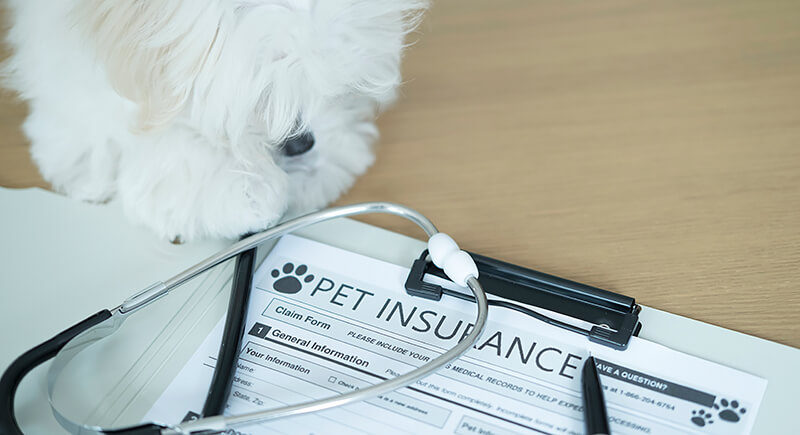
Credit: iStockphoto
Insurance helps mitigate vet bills, but comes at its own cost. Monthly premiums for a young cat might hover around $30, but that can rise sharply with age or pre-existing conditions. Over the course of a year, expect to pay $250–$500, depending on the policy for your specific breed. It’s a gamble, but it could save thousands when illness strikes.
Grooming and Coat Maintenance
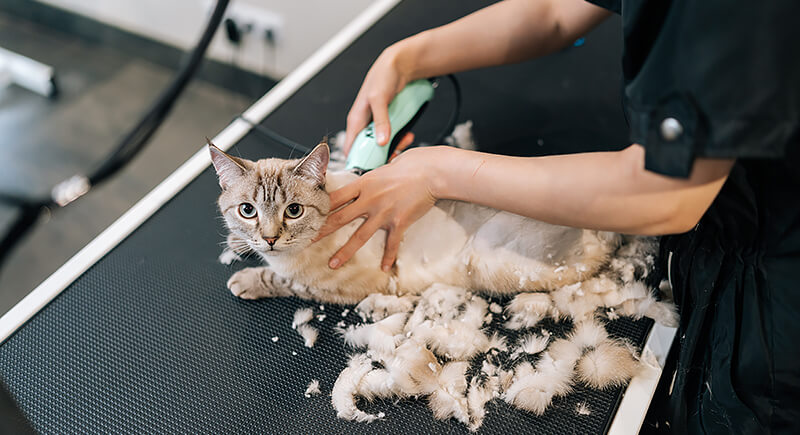
Credit: iStockphoto
Persians are gorgeous with their long hair, but pretty high-maintenance. Regular brushing isn’t enough. You’ll need professional grooming every few months, which costs $70–$100 per session. That adds up to $300–$600 in the year. Even low-maintenance breeds need brushes, nail trimmers, and de-shedding tools that add to the tab.
Toys and Enrichment
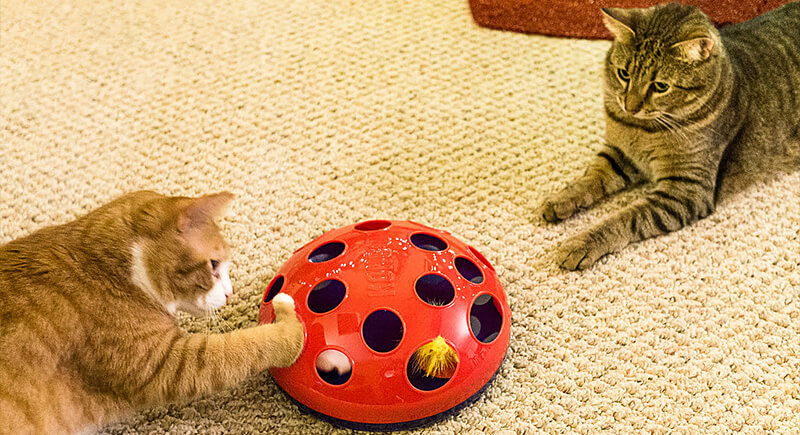
Credit: flickr
Cats need daily stimulation. Boredom can lead to destructive or stress-related behaviors. From motion toys and laser pointers to puzzle feeders and tunnels, enrichment expenses can climb to $200 or more each year. That’s a small price to pay for a well-entertained cat that’s less likely to shred your couch or cry at 3 a.m.
Furniture and Accessories
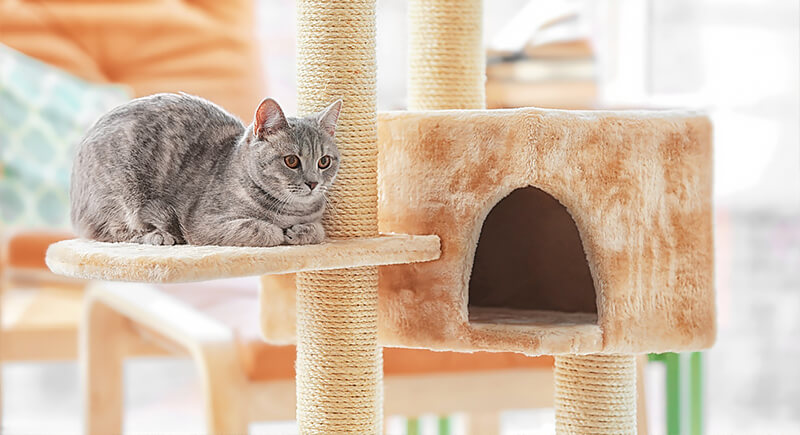
Credit: flickr
A cat tree, a few scratching posts, and a cozy bed might set you back $250, but they’re essential. Savannahs or Bengals need vertical space and sturdy perches to mirror their wild cousins. Low-quality options fall apart fast and only make you spend more in the long run. Investing upfront in durable furniture saves you from replacing or cleaning up shredded upholstery.
Travel and Boarding
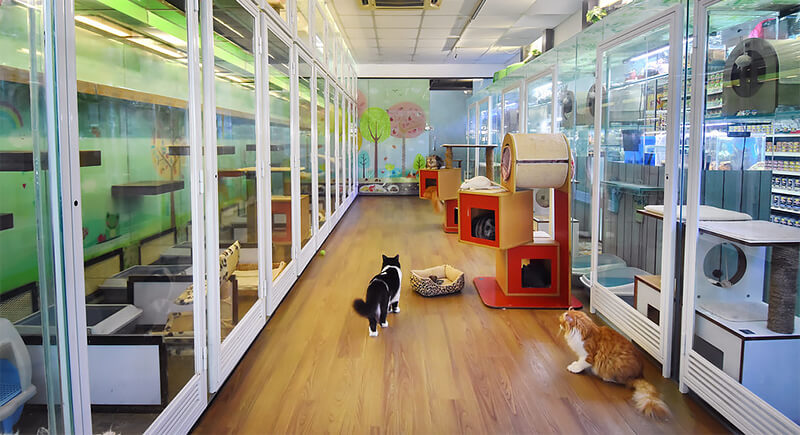
Credit: flickr
If you travel frequently, prepare for added expenses. Boarding your pet in a cat hotel or hiring a pet sitter averages $25–$40 per day. Some cats also need calming products or transport carriers for safe travel. Over a year, that can easily total several hundred dollars, even for short weekend trips.
Cleaning and Odor Control
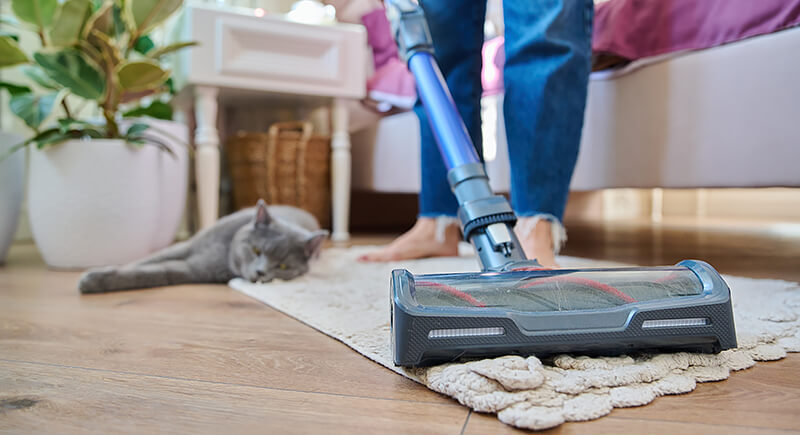
Credit: iStockphoto
A breed like the Norwegian Forest Cat leaves a trail of fur that demands lint rollers and high-efficiency vacuums. Living with a cat also means investing in enzyme sprays for the occasional accident. Between air purifiers and anti-odor litter additives, you could easily spend $150–$250 a year. Hair control alone might cost $200 a year in supplies for this heavy shedder.
Health Supplements and Special Diets
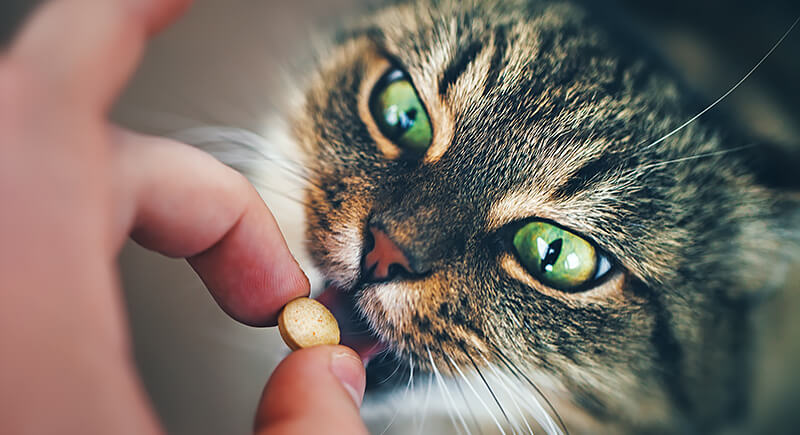
Credit: iStockphoto
Senior cats and certain breeds are prone to specific health conditions, like the Scottish Fold’s joint issues. Supplements then become non-negotiable. Glucosamine chews or omega-3 oils may cost $20–$30 monthly. Add in premium diets like urinary-care kibble or hypoallergenic wet food for a cat with sensitivities, and you’re looking at an extra $300–$500 per year on top of basic food costs.
Identification and Licensing
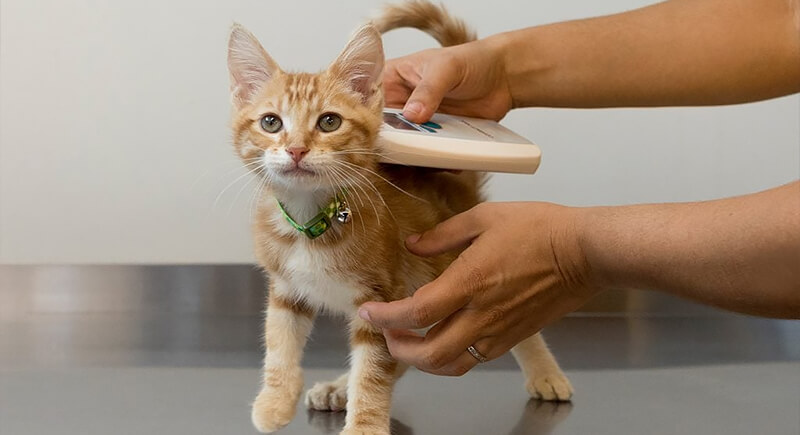
Credit: flickr
One slip through the door and an indoor cat can become lost. A microchip can save you this heartbreak. Microchipping is a one-time $45–$75 investment, and some states require annual licensing fees, usually $10–$30. It’s a minor ongoing cost that could seem unnecessary, but is essential for responsible ownership and peace of mind.
Housing-Related Costs
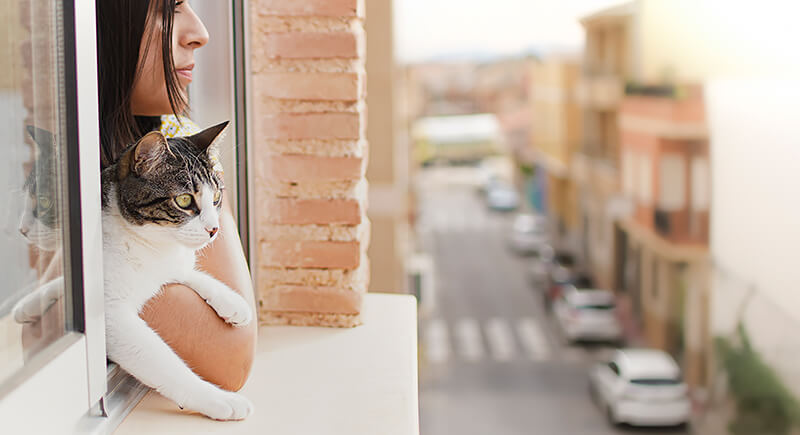
Credit: iStockphoto
Some landlords charge pet deposits or monthly pet rent. Even in cat-friendly buildings, housing costs are an often-overlooked expense that hits renters especially hard. Worse; a Maine Coon’s larger size and potential for more significant scratching might lead some landlords to charge higher. That might mean a $300 deposit plus $25–$50 a month. Damage to blinds or carpet from claws can also risk your security deposit.
Unexpected Life Adjustments
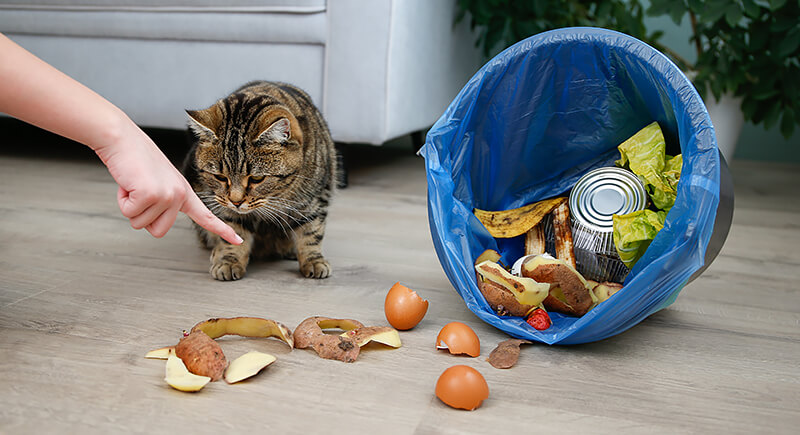
Credit: iStockphoto
Cats influence your lifestyle more than you’d expect. A rambunctious kitten might destroy blinds or unravel rugs, forcing premature replacements. Also, expect your chatty Siamese to draw neighbor complaints. Investing in soundproof curtains or behavioral consults will become necessary sooner or later. These indirect costs can add hundreds annually, especially for renters or anyone with shared walls and delicate decor.